This week’s Advanced Healthcare Materials covers.
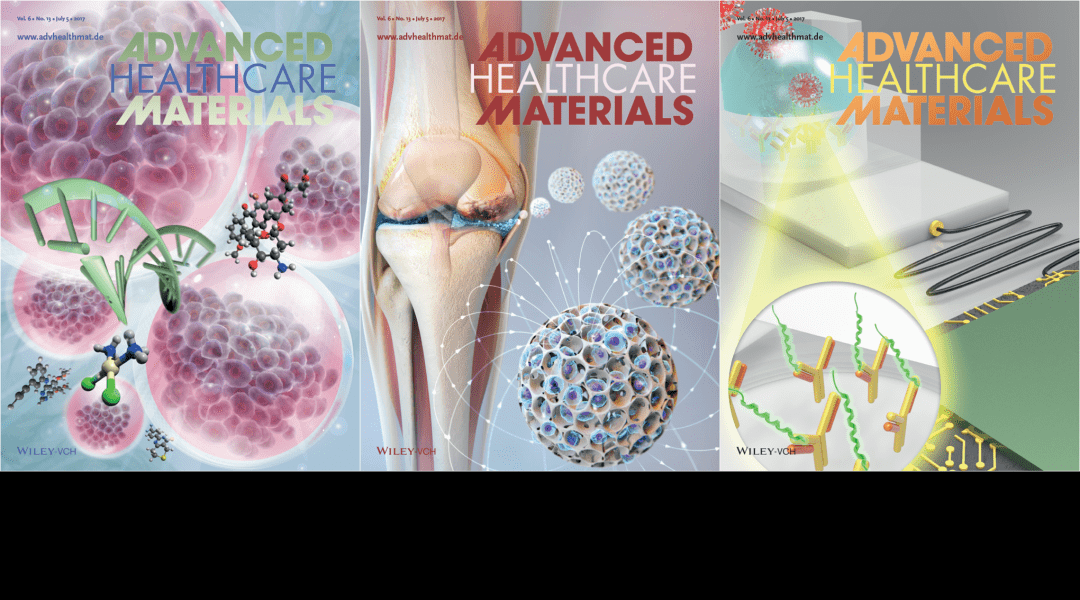

This week’s Advanced Healthcare Materials covers.
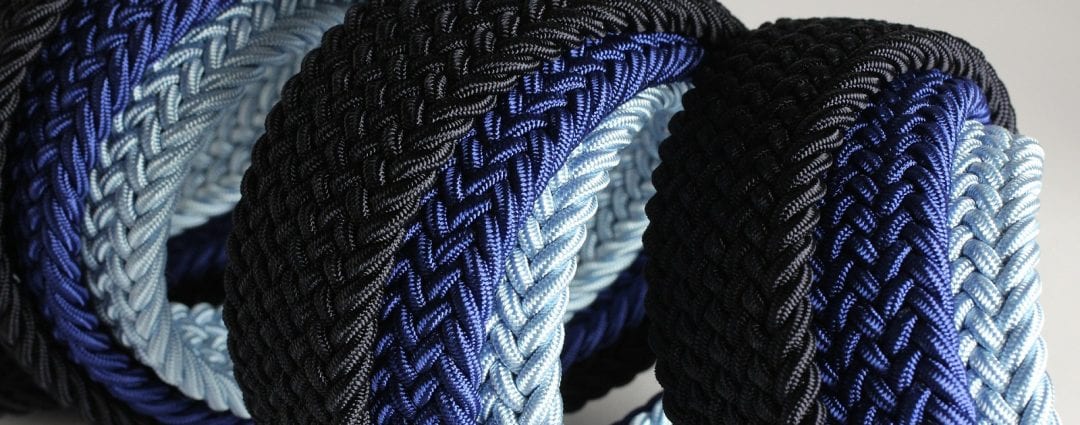
New memory cloth does not use any electricity and will be able to be worn like normal clothing.
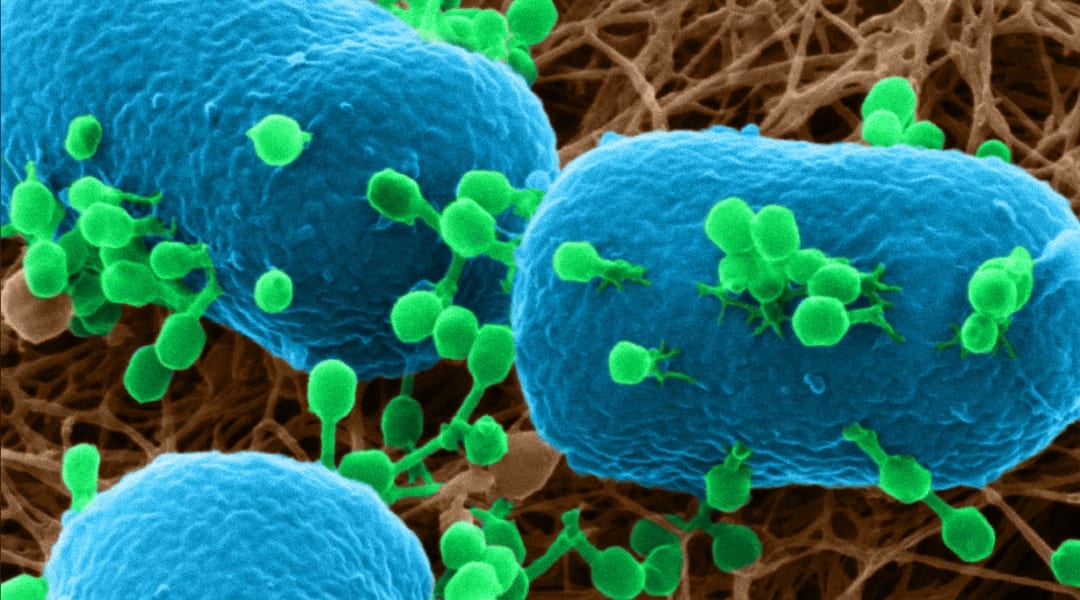
In their article published in Advanced Biosystems, Miika Leppänen et al. employ helium ion microscopy to visualize the interaction between phages and bacteria.

This month’s Advanced Engineering Materials covers and top papers.
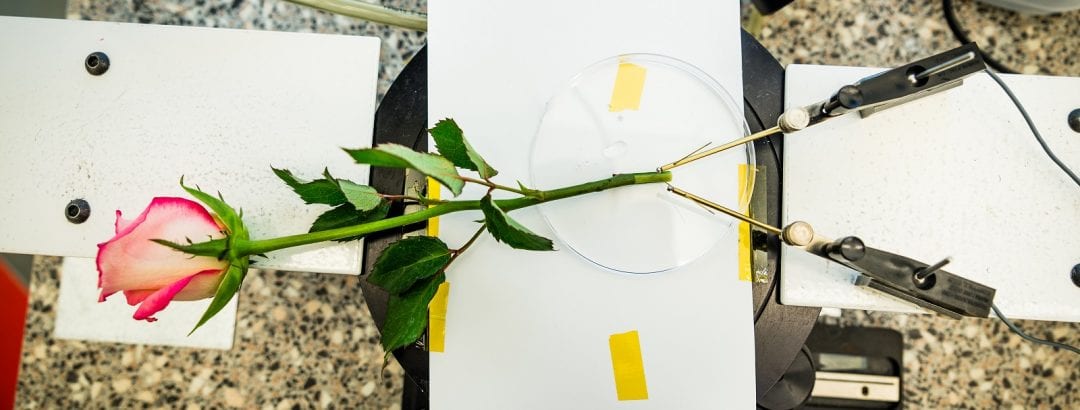
A special structure for storing energy known as a supercapacitor has been constructed in a plant for the first time.
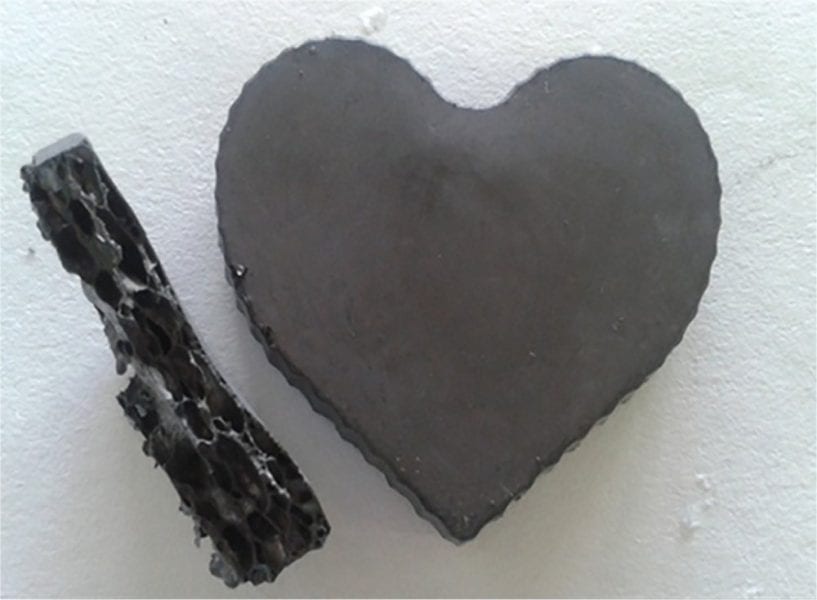
This special section covers the latest advances regarding the alloy development, phase transformation, processing, characterization and applications of titanium alloys.

Review by Kubyshkin and Budisa in Biotechnology Journal explores the why and the how.
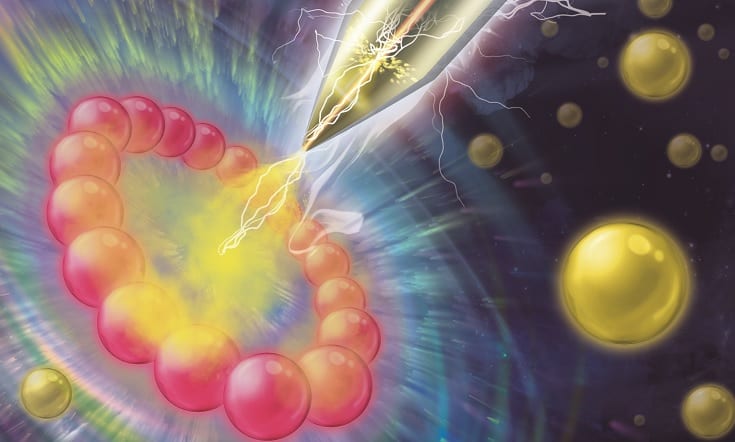
Gold nanoparticle assembly gets a little help from its friends: functionalised gold forms microscale structures via a guided silver aggregation strategy.
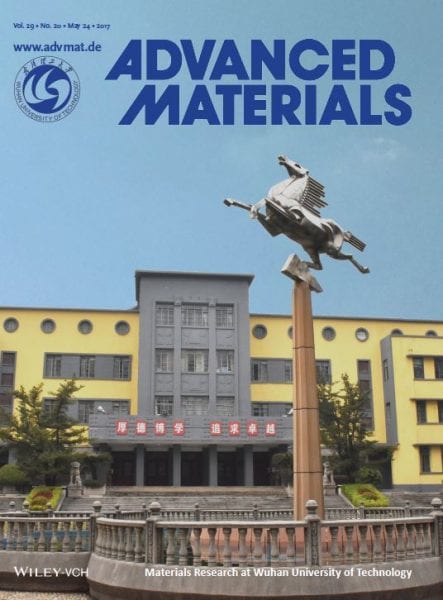
Issue 20/2017 of Advanced Materials brings together a collection of review-type articles to highlight materials research at Wuhan University of Technology.

Researchers have studied low-dimensional nanoscale ZnO building blocks, such as 1D nanorods, 1D nanowires and 2D nanosheets. Recently it was found that mixing these materials with 3D hierarchical ZnO microstructures revealed special optical, electrical and catalytic properties.